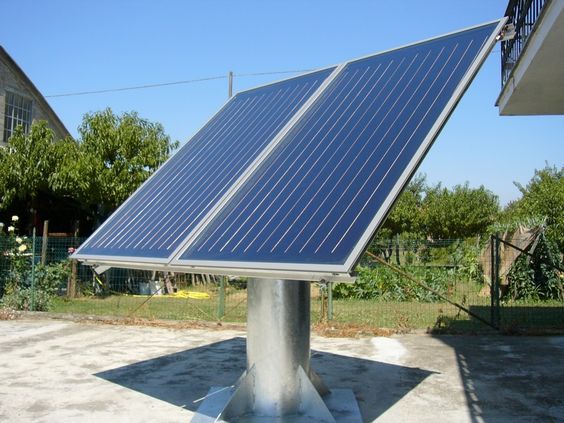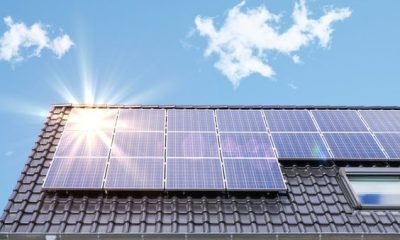Home Solar Energy
Solar Panel Orientation: Finding the Perfect Angle

Solar Panel Orientation: Finding the Perfect Angle
Introduction
Solar Panel Orientation: Finding the Perfect Angle
Solar panels are a smart investment for harnessing clean and renewable energy from the sun. However, to maximize the benefits of solar power, it’s crucial to understand the significance of solar panel orientation. This guide will explain how to find the perfect angle for your solar panels to optimize energy production and reduce your carbon footprint.
Understanding Solar Panel Efficiency
How Solar Panels Work
Solar panels work by converting sunlight into electricity through photovoltaic cells. These cells are designed to capture photons from the sun and generate direct current (DC) electricity.
Factors Affecting Solar Panel Efficiency
1. Sunlight Angle: The angle at which sunlight hits solar panels directly impacts their efficiency. Panels should ideally face the sun for maximum energy production.
2. Seasonal Variations: Solar energy production can vary throughout the year due to the changing angle of the sun.
3. Location-Specific Considerations: Your geographical location plays a role in determining the optimal panel orientation.
Ideal Solar Panel Angle
Latitude and Solar Panel Tilt
The latitude of your location is a key factor in determining the optimal tilt angle for your solar panels. Generally, the panel angle should be close to the latitude angle for maximum efficiency.
Seasonal Adjustments
To account for seasonal variations, consider adjustable tilt systems that allow you to optimize the angle throughout the year. This can significantly boost energy production.
Calculating the Optimal Angle
You can use solar calculators and tools or perform manual calculations to find the perfect angle based on your location and energy needs.
Factors Influencing Solar Panel Orientation
Rooftop Orientation
The orientation of your roof should align with the optimal angle for solar panels. South-facing roofs in the northern hemisphere and north-facing roofs in the southern hemisphere are typically ideal.
Building Structure
The design of your building can affect solar panel placement. Obstructions like chimneys or nearby buildings should be considered when determining orientation.
Ground-Mounted Systems
For ground-mounted systems, you have more flexibility in choosing the orientation. Position panels to maximize exposure to the sun.
Tracking Systems
Solar tracking systems that follow the sun’s path throughout the day can significantly increase energy production. However, they are more complex and expensive.
Aesthetics and Local Regulations
Local regulations and aesthetic preferences may limit your choices. Consult with local authorities and adhere to guidelines when installing solar panels.
Adjusting for Solar Panel Tilt
Fixed Tilt vs. Adjustable Tilt Systems
Fixed tilt systems have a set angle, while adjustable tilt systems can be modified throughout the year. Adjustable tilt systems are preferable for optimizing energy production.
Benefits of Adjustable Tilt Systems
Adjustable tilt systems can adapt to seasonal changes, ensuring your panels capture the most sunlight year-round.
Pros and Cons of Seasonal Adjustments
While seasonal adjustments can boost efficiency, they also require maintenance and monitoring. Consider the trade-offs when deciding on your system.
Practical Installation Considerations
Solar Panel Mounting Options
Choose from various mounting options, including roof mounts, ground mounts, and pole mounts, depending on your location and needs.
Shading and Obstructions
Avoid shading from trees, nearby buildings, or other obstructions, as even partial shading can significantly reduce energy production.
Maintenance and Cleaning
Regular maintenance, including cleaning dust and debris from panels, is essential for maintaining efficiency.
Conclusion
In conclusion, finding the perfect angle for your solar panels is crucial for maximizing energy production and making the most of your investment. By considering factors like latitude, seasonal adjustments, and practical installation considerations, you can harness the full potential of solar energy while reducing your environmental impact.
Stay tuned for future trends and technologies that can further enhance solar panel orientation and energy efficiency. Solar power is a clean and sustainable energy source, and optimizing your solar panel orientation is a smart step toward a greener future.




















Pingback: Solar Panel Installation: Step-by-Step Guide For Beginners » ArenaHub